Citadel Conspiracy: A Former Valve QA's Take on the Half-Life Rumors For years, the Half-Life faithful have clung to hope, fueled by whispers and rumors of a return to City 17.
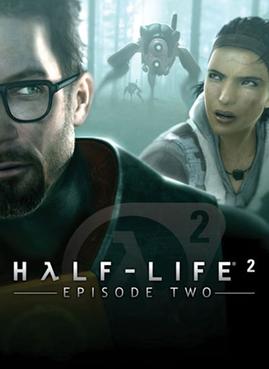
For years, the Half-Life faithful have clung to hope, fueled by whispers and rumors of a return to City 17. The latest surge of speculation centers around a supposed Valve project codenamed "Citadel," heavily linked to VR integration and a blend of first-person shooter gameplay with real-time strategy elements, largely thanks to the persistent reporting of Tyler McVicker at Valve News Network (VNN). But is there any substance to these claims?
As "CodeReview," a former QA tester at Valve, I offer a perspective informed by firsthand experience. I joined Valve in 2005, shortly before Half-Life 2: Episode One, and left just prior to the Dota 2 announcement in 2010. My primary focus was on Half-Life 2: Episode Two, specifically playtesting combat encounters and map scripting. My departure stemmed from a growing disillusionment with the company's shifting priorities away from single-player narrative experiences. This gives me a unique, if perhaps jaded, view on the potential for a new Half-Life game, especially one as ambitious as "Citadel" is rumored to be.
A look back at Valve's history, from Half-Life to DOTA 2 and beyond.
Strategy and First-Person: A Valve Contradiction?
The idea of blending strategy with first-person gameplay in a Half-Life title is certainly intriguing, but also raises some eyebrows. Valve has always excelled at emergent gameplay, creating systemic mechanics that allow players to solve problems in creative ways. Think of the gravity gun in Half-Life 2, or the physics puzzles scattered throughout the series. The antlion caves in Episode Two, with their limited resources and swarming enemies, pushed players to think strategically about how they used their environment and allies (like the Vortigaunt) to survive. Similarly, the final battle at White Forest required coordinating defenses and utilizing different weapon types against the advancing Combine forces.
However, these were instances of emergent strategy. Implementing a full-blown RTS layer on top of the core Half-Life experience would be a significant departure. It could work, if executed with Valve's signature finesse, but it risks diluting the immersive first-person perspective that defines the series. The question is whether they can successfully integrate strategic command without sacrificing the feeling of being Gordon Freeman, boots on the ground, fighting for survival.

A glimpse into the Hammer Editor, Valve's map creation tool used during the development of Half-Life 2: Episode Two.
The Vaporware Graveyard: Will "Citadel" Ever See the Light of Day?
Valve has a notorious history of canceling projects. Half-Life 2: Episode Three is the most famous example, but there were others. During my time there, I heard whispers about projects like Stars of Blood, a space-themed RPG, which never saw the light of day. The company's internal structure, with its emphasis on individual initiative and flat hierarchy, can lead to projects being sidelined if they lose momentum or if key personnel move on to other ventures.
The biggest challenge for "Citadel" will be maintaining consistent vision and momentum. The reported combination of genres and VR integration makes it a particularly ambitious project, and therefore more vulnerable to internal disagreements or technical hurdles. If the core gameplay loop isn't compelling, or if the VR implementation feels tacked-on, the project could easily end up on the scrap heap. Given Valve's financial success with Dota 2 and Counter-Strike, the pressure to release a traditional single-player game isn't as strong as it once was. This makes the prospect of "Citadel" seeing the light of day uncertain, at best.

Inside Valve's offices during the Half-Life 2: Episode Two era, showcasing a collaborative and creative environment.
VR and the Source Engine: A Technical Tightrope Walk
Creating a VR Half-Life experience with the fidelity and interactivity that fans expect is a significant technical challenge. While the Source engine is incredibly versatile, it wasn't originally designed for VR. The performance requirements of VR are much higher than traditional PC gaming, and maintaining a stable framerate while rendering two separate viewpoints can be demanding, even on modern hardware.
During my time at Valve, we experimented with stereoscopic 3D, which offered a primitive form of depth perception. However, true VR requires much more sophisticated rendering techniques and head tracking. Source would need significant modifications to handle these requirements efficiently. Furthermore, the level of interactivity that Half-Life fans expect – picking up objects, manipulating the environment, and engaging in close-quarters combat – presents additional challenges for VR development. Motion sickness and control issues are constant concerns.
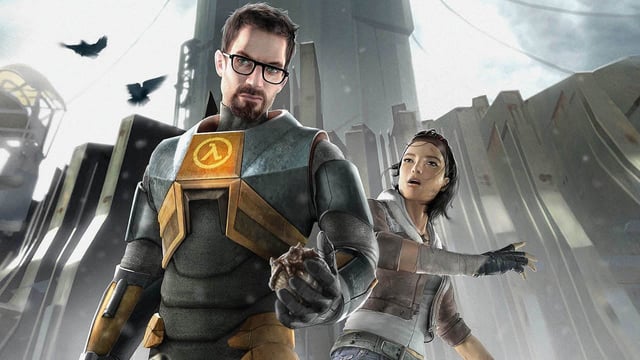
Experimenting with VR integration within Half-Life environments, a potential glimpse into the future of the series.
The Narrative Horizon: Resistance and Transhumanism in the VR Age
If "Citadel" does prove to be a legitimate project, the narrative possibilities are vast. The Half-Life universe is rich with lore and compelling characters. Valve could explore new facets of the Combine occupation, delve deeper into the motivations of G-Man, or even introduce new factions vying for control of the dystopian world.
The series' core themes of resistance and transhumanism are particularly relevant in the context of VR. Imagine using VR technology to experience the world through the eyes of a Combine soldier, or to explore the digital landscapes of the Combine's network. The strategic elements of "Citadel" could tie into this narrative by allowing players to command resistance forces, manage resources, and coordinate attacks against the Combine. The possibilities are endless.

A look at what could have been: Concept art from the canceled Valve project "Stars of Blood".
A Glimmer of Hope, Tempered by Experience
Ultimately, the rumors surrounding "Citadel" should be approached with cautious optimism. While the project's reported blend of genres and VR integration is ambitious and potentially groundbreaking, it also presents significant technical and design challenges. Valve's history of canceling projects is a stark reminder that even the most promising ideas can fall by the wayside.
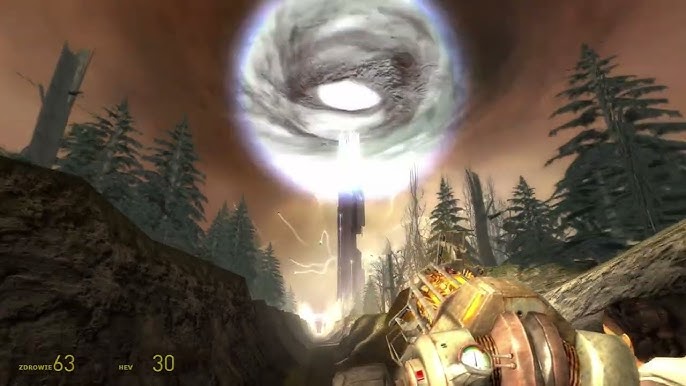
The evolution of Valve: DOTA 2 character art and UI elements.
However, the fact that Valve is reportedly experimenting with new gameplay mechanics and VR technology suggests that they are not content to rest on their laurels. The Half-Life universe is too rich and compelling to be abandoned. Whether "Citadel" is the project that finally brings Gordon Freeman back into the spotlight remains to be seen, but the possibility, however slim, is enough to keep the hope alive. For now, we can only wait and see if Valve will once again defy expectations and deliver a Half-Life experience that is both innovative and true to its roots.
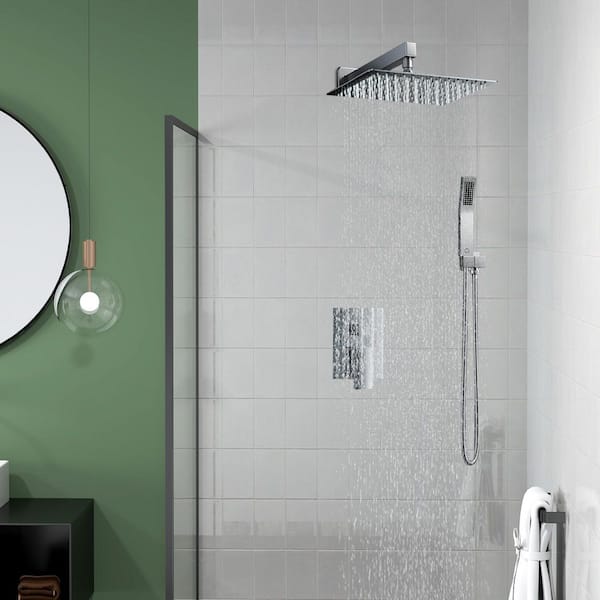
The Source Engine, the foundation of Half-Life and the technological challenge for a VR future.
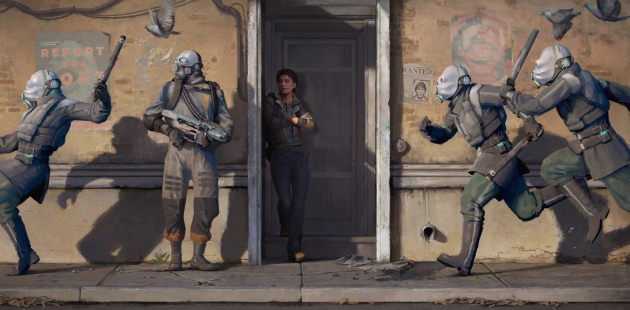
A glimpse into the design process: cluttered desk with Half-Life concept art and design documents.
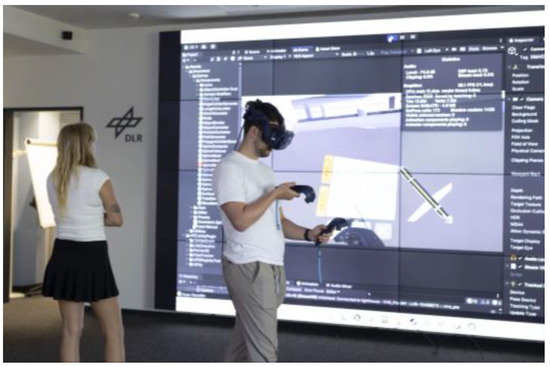
Blueprint of a Combine structure, a reminder of the oppressive world of Half-Life.